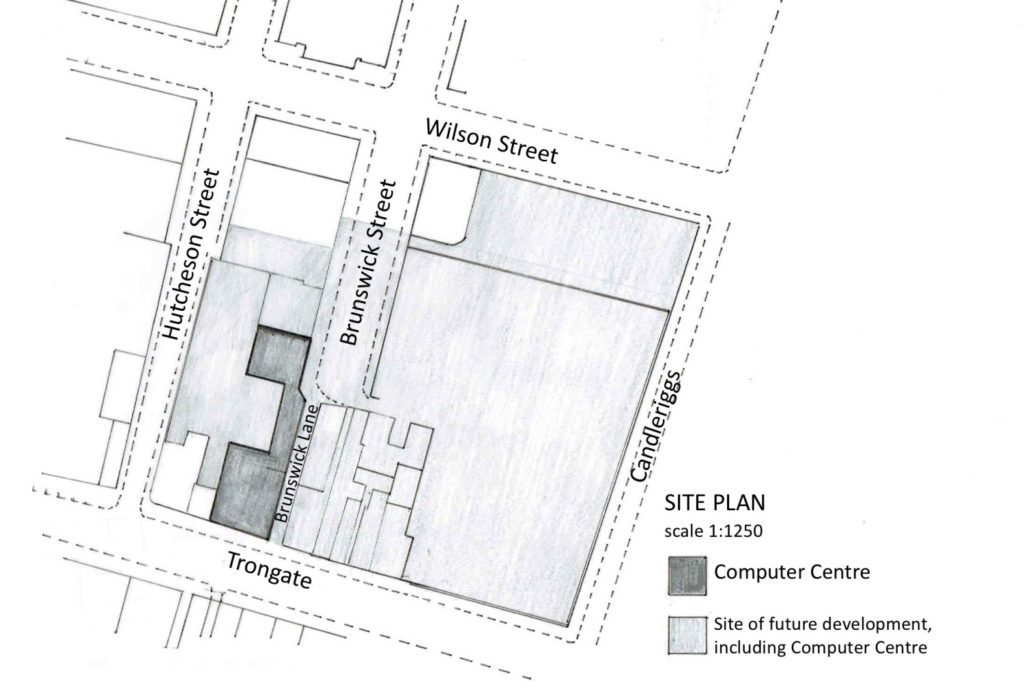
As a former bank building and computer centre it embodied the infant economic and information networks of globalisation. Ironically it had fallen victim to the effects of these networks, global financial markets and large-scale property buying of urban space,
Over the course of the research the building had systematically revealed layers of hidden ‘knowledge’, lived narratives, visual imagery, sensory perceptions, patterns of affect and connections between its past, present and future as it transitioned into absence. As a ‘lived space’ it held the stories of human and non-human life and its site continues to do so as the site is being prepared for future buildings.
Through the combination of a narrative inquiry and a phenomenological investigation of this urban site, I aimed to develop a methodology to facilitate a social and embodied engagement with the site as a painter in order to perceive it beyond the immediate and visual. For the narrative inquiry, I interviewed participants who told ‘lived stories’ about the beginning and end of the life cycle of the building. A first-person phenomenological investigation involved spending time at the site, responding to it through ‘sensory documentation’ and reflection.
During the process of ‘sensory documentation’, I used methods from my painting practice, including drawing, painting and photography to respond to the building and larger site. Conceptual threads: ‘in-between’, ‘transition’, ‘reflection’, ‘networks’ and ‘ephemeral’ had emerged during the phenomenological experience and evolved further through material experimentation in the studio. A site-specific painting installation in the Tontine Building on Trongate mirrored multiple layers of references to the concept of ‘reflection’ in the context of the research site and the site of the exhibition space. The adjacent, ‘ruinous’ store room held a projected montage of images from the research and sound recordings of the demolition. (back)

